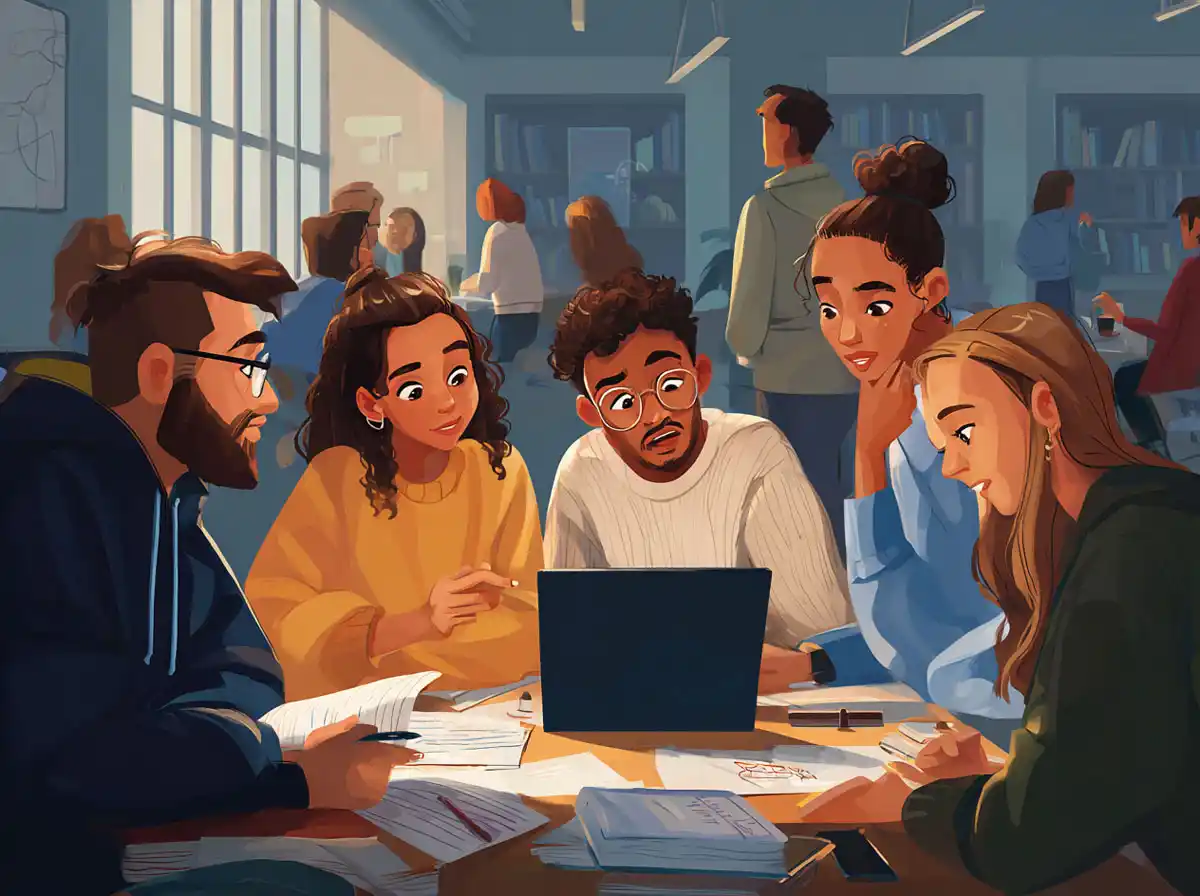Essential Persian Phrases for Asking Directions
When learning how to ask for directions in Persian, starting with the right phrases is crucial. These will allow you to approach strangers politely and clearly express your destination or the route you need.
Basic Questions to Ask
Here are some fundamental Persian questions you can use to ask for directions:
- …کجاست؟ (…kojast?) – “Where is…?”
Example: ایستگاه اتوبوس کجاست؟ (Where is the bus station?) - چگونه به … بروم؟ (chegoone be … beravam?) – “How do I get to…?”
- آیا میتوانید به من کمک کنید؟ (Aya mitavanid be man komak konid?) – “Can you help me?”
- نزدیکترین … کجاست؟ (nazdik-tarin … kojast?) – “Where is the nearest…?”
- راه … کدام است؟ (rah-e … kodam ast?) – “Which way is…?”
Polite Expressions to Use
Adding politeness to your questions will make interactions smoother and more respectful in Persian culture:
- لطفاً (lotfan) – “Please”
- متشکرم / ممنون (motshakeram / mamnoon) – “Thank you”
- ببخشید (bebakhshid) – “Excuse me” (to get attention)
Example sentence combining these polite phrases:
ببخشید، لطفاً میتوانید به من کمک کنید؟
(Excuse me, can you please help me?)
Key Vocabulary for Directions in Persian
Expanding your vocabulary related to directions will help you understand responses and ask more specific questions.
Common Direction Words
- راست (rast) – right
- چپ (chap) – left
- مستقیم (mostaghim) – straight
- ایستگاه (istgah) – station
- خیابان (khiaban) – street
- کوچه (kucheh) – alley
- میدان (meydan) – square
- پل (pol) – bridge
- مسیر (masir) – route or path
- نزدیک (nazdik) – near
- دور (door) – far
Directional Phrases and Indicators
Understanding directional indicators is important when following instructions:
- به سمت راست بروید (be samt-e rast beravid) – Go to the right
- به سمت چپ بپیچید (be samt-e chap bepichid) – Turn to the left
- مستقیم ادامه دهید (mostaghim edame dahid) – Continue straight
- در چهارراه دوم بپیچید (dar chaharrah dovom bepichid) – Turn at the second intersection
- اینجا توقف کنید (inja tavaghof konid) – Stop here
How to Understand Directions Given in Persian
Once you ask for directions, you will likely receive verbal instructions or gestures. Familiarizing yourself with common patterns will help you comprehend the guidance you receive.
Listening for Key Words
Focus on the following keywords when listening to directions:
- بعد (ba’d) – after
- قبل (ghabl) – before
- نزدیک (nazdik) – near
- سمت (samt) – direction
- چند دقیقه پیاده (chand daghighe piadeh) – a few minutes on foot
Common Direction Responses
Some typical replies might include:
- خیابان را مستقیم بروید و سپس به چپ بپیچید. – Go straight on the street and then turn left.
- بعد از پل، میدان را خواهید دید. – After the bridge, you will see the square.
- این مکان حدود ده دقیقه پیاده است. – This place is about a ten-minute walk.
Cultural Tips for Asking Directions in Persian
Understanding cultural etiquette can make your experience more positive when interacting with locals.
Politeness and Respect
Persian speakers value politeness and often engage in friendly conversation. Always start your interaction with ببخشید (excuse me) to get attention and end with thanks. Using polite pronouns and formal verbs shows respect.
Non-Verbal Communication
Be aware that many Iranians may use hand gestures or point with their entire hand rather than a single finger. Smiling and maintaining a friendly tone will encourage helpful responses.
Patience Is Key
Sometimes directions might be given in a roundabout way or locals might offer to accompany you partway. Accepting help graciously can lead to enjoyable cultural exchanges.
How Talkpal Can Help You Master Persian Directions
Learning to ask for directions and understand responses requires consistent practice, and Talkpal offers an ideal environment for this. Through its interactive language learning platform, you can:
- Engage in real-life conversation simulations focused on travel and directions.
- Practice pronunciation and listening skills with native Persian speakers.
- Access tailored lessons that build vocabulary and phrase fluency.
- Receive instant feedback to improve your communication skills.
By incorporating Talkpal into your language learning routine, you can gain confidence in asking for directions and navigating Persian-speaking areas effectively.
Conclusion
Mastering the art of asking for directions in Persian not only eases your travel experience but also enriches your cultural understanding and social interactions. By learning essential phrases, building relevant vocabulary, and appreciating cultural nuances, you become better equipped to explore Persian-speaking environments with ease. Platforms like Talkpal provide the tools and community support necessary to develop these skills efficiently. Whether you are a tourist, student, or language enthusiast, gaining proficiency in asking for directions in Persian is a valuable step toward fluency and meaningful communication.










